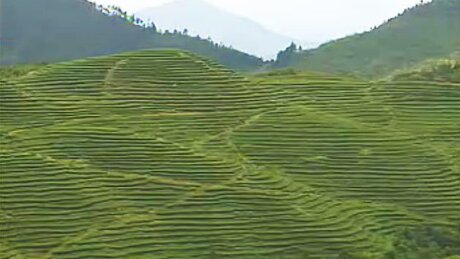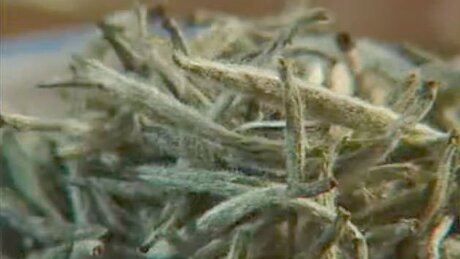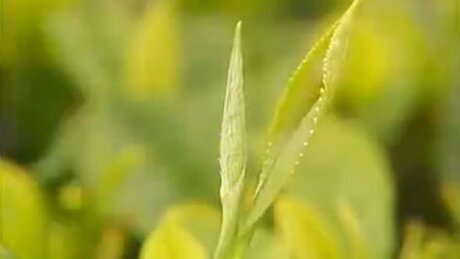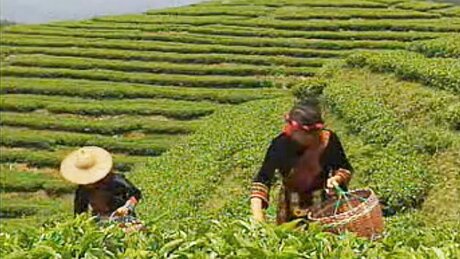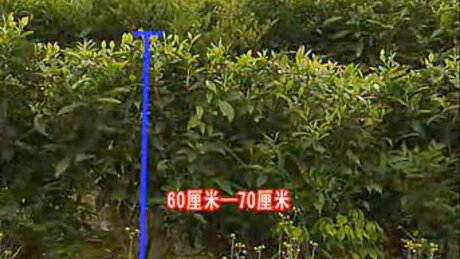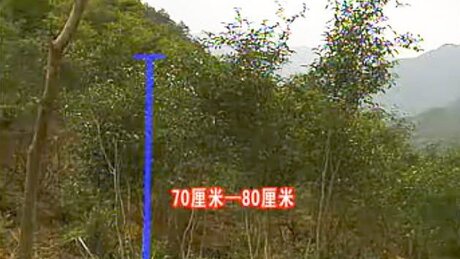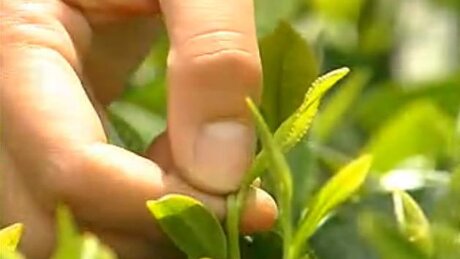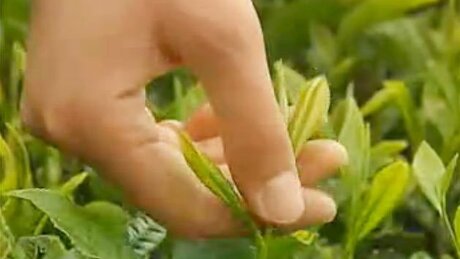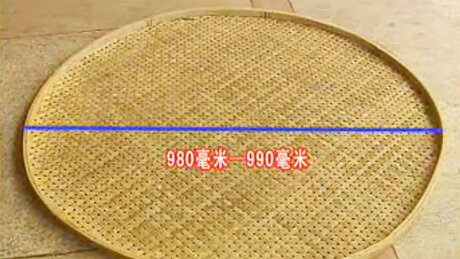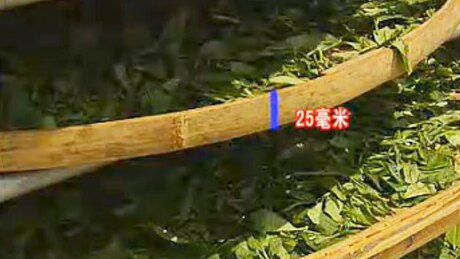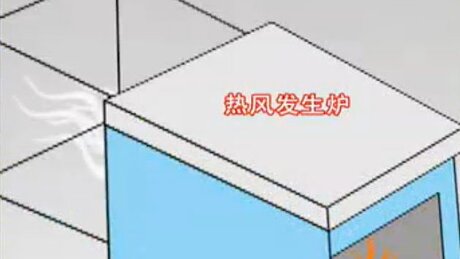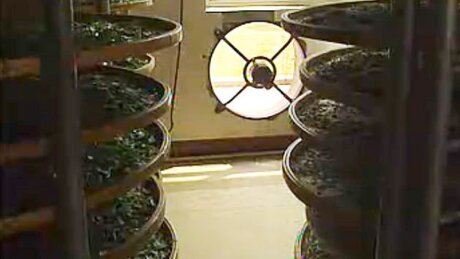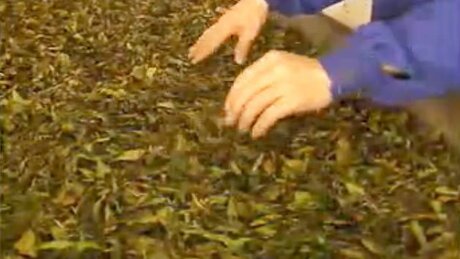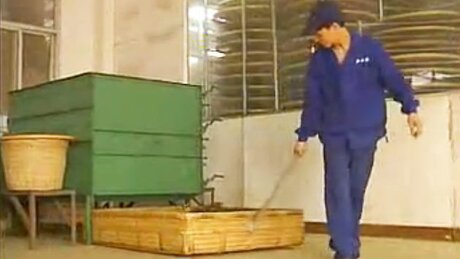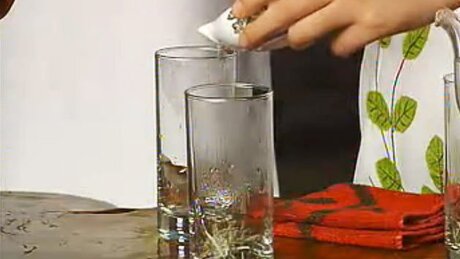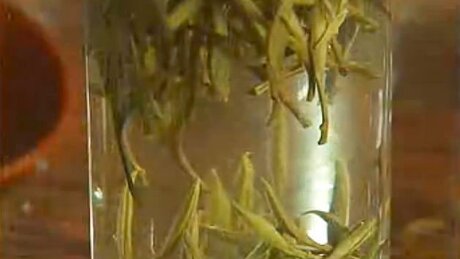Since ancient times tea was used as a cure and dried up along with other medicinal herbs. Until now in China white tea, especially aged one, is considered to be the potion of youth and longevity. That is why in Tái Mu Shān mountains tea leaves were harvested and dried without frying them, later to be brewed with boiling water. Approximately at the edge of 16th century, when different types of tea have started to appear together with recording and perfection of production technologies, fujian tea, harvested from bushes with long thick nap, has acquired the name of «white tea». It was named by its look. By the beginning of 20th century only buds — «Silver needles» — were harvested. Look at them — they are hard to call other than white and silver.
White tea is a result of processing technology in the first place however the raw leaf is crucial. If you gather fujian nappy buds and fry them as green tea, you may call it «green» then, but it will be unsavory. Should you take the leaves of other cultivar, be it Tie guanyin, and process them using white tea production technology, it can hardly be called white. Replanting of nappy bushes to locations other than Fujian does not contribute to establishment of new white tea varieties but deprives them of their customary look and healing properties.
Constant confusion with white tea takes place in particular due to the fact that for its production growing location, bush cultivar and processing technology are all equally crucial. Some call the «white tea» dried buds from Yunnan, some — nappy leaves from Taiwan. But this is all wrong. Long history and great expectations stand behind this tea in China. White tea not only pleases taste but invigorates the body. Therefore guardians of tea traditions recognize to be white only the tea grown in Fujian (best locations Fuding, Zhenghe and Songxi), featuring long thick nap and produced involving the specific leaf drying technology. The rest has nothing to do with the white tea.
There is a legend about the origin of white tea. In the old times when Yao emperor ruled there lived an old woman in the mountains east of China. She earned her bred by growing orchids and was known for good nature and kindness. Beloved by people she was gently addressed as Lan Gu (Aunt Orchid). Once great misfortune fell upon their land: outbreak of measles plagued many lives in their region. There was no cure for it and no salvation seemed possible so far. But one night a Taoist monk came to Lan Gu in her dream. He told that drinking the brew made of white tree buds will help to overcome the measles. Lan Gu woke up at night and came out of her house. She noticed the extraordinary brightness of the moonshine lighting the path as if calling her to follow and so she did. The path led her to the tea tree which looked white due to the nap on its leaves and its buds shone silvery in the moonlight. The aunt gathered the buds, dried them in the sun, brewed the tea for the diseased and all of them recovered. The tea has been called «the potion of immortality» and the woman has been given new name of Tai Mu — the Great Mother. Later Tai Mu has taught all local villagers to grow, dry and brew white tea. Centuries passed but the tea still grows in those mountains and same as before helps to cure different diseases while the mountains were named after Tai Mu — Tai Mu Shan, Great Mother’s mountains.
White tea originates from the picturesque mountains of Tai Mu. Wild white tea is still gathered there.
Tea harvested from Fuding plantations is more valuable than wild tea as it gives bigger and denser buds.
Buds and leaves of the tea bush are distinguished by the increased amount of white nap. Harvesting begins in the period of Qing Ming.
White tea can be gathered 3 times per year: in spring, summer and fall. However it is spring tea that is valued both by flavor and by healing properties.
Withering of white tea is performed in two stages. At first the tea is spread outdoors under the sun for several hours.
Within several hours the temperature in the room is increased from 25 to 35°С, and is decreased it in the similar manner afterwards.
Modern technology requires 18 hour withering, resulting leaves have green color, the infusion is light with minor astringency.
In traditional processing this process takes 36 hours. The leaves become light-brown, the brew is subdued and more intense.
The concluding stage of production is the final drying of the leaves. It is performed using this remarkable unit.
The tea is dried by hot air. As far as leaves should not be touched or malformed frying in bowls is not applicable here.
White tea does not undergo shaping in order to preserve valuable white nap. In this unit by pushing of the lever the tea is poured from one section to another.
Best tea, «Silver Needles White Fine Hairs» is traditionally brewed in glass with boiling water. Glass tumblers will be a good choice.
In traditional production withering takes up to 36 hours. The resulting fermentation degree is higher than of the tea processed using modern 18-hour technique. Therefore it requires clay tea-ware, while modern tea brews best in ceramics or even in glass. Brewing of «Silver needles» in glass tumbler is quite common. This is the highest grade, the paragon of white tea. Watching of «white tea-leaf dance» is considered to bring special aesthetic enjoyment.
Water temperature should range between 90 and 100 degrees. Yet Europeans prefer tenderer flavor of white tea and steep it with less hot water. Anyhow the tea flavor is extremely durable and is devoid of excessive astringency. 5-year aged tea suits for boiling.
There is a saying in China: 1 year — a tea, 3 years — a cure, 7 years — a treasure. In other words aging of white tea is not in any way prohibited, but is even encouraged. Today this tea is often compressed in cakes and wrapped in paper which allows assuming that Chinese recommend storing it with free access for air to enable the development of flavor and aroma. The cake should remain in a well ventilated room away from alien smells and direct light.
If however you aim to preserve the original flavor of the tea, store it in the air tight package.
Illustrated by screenshots from film: 10-08-05 实用技术——白茶的采收与加工技术.



